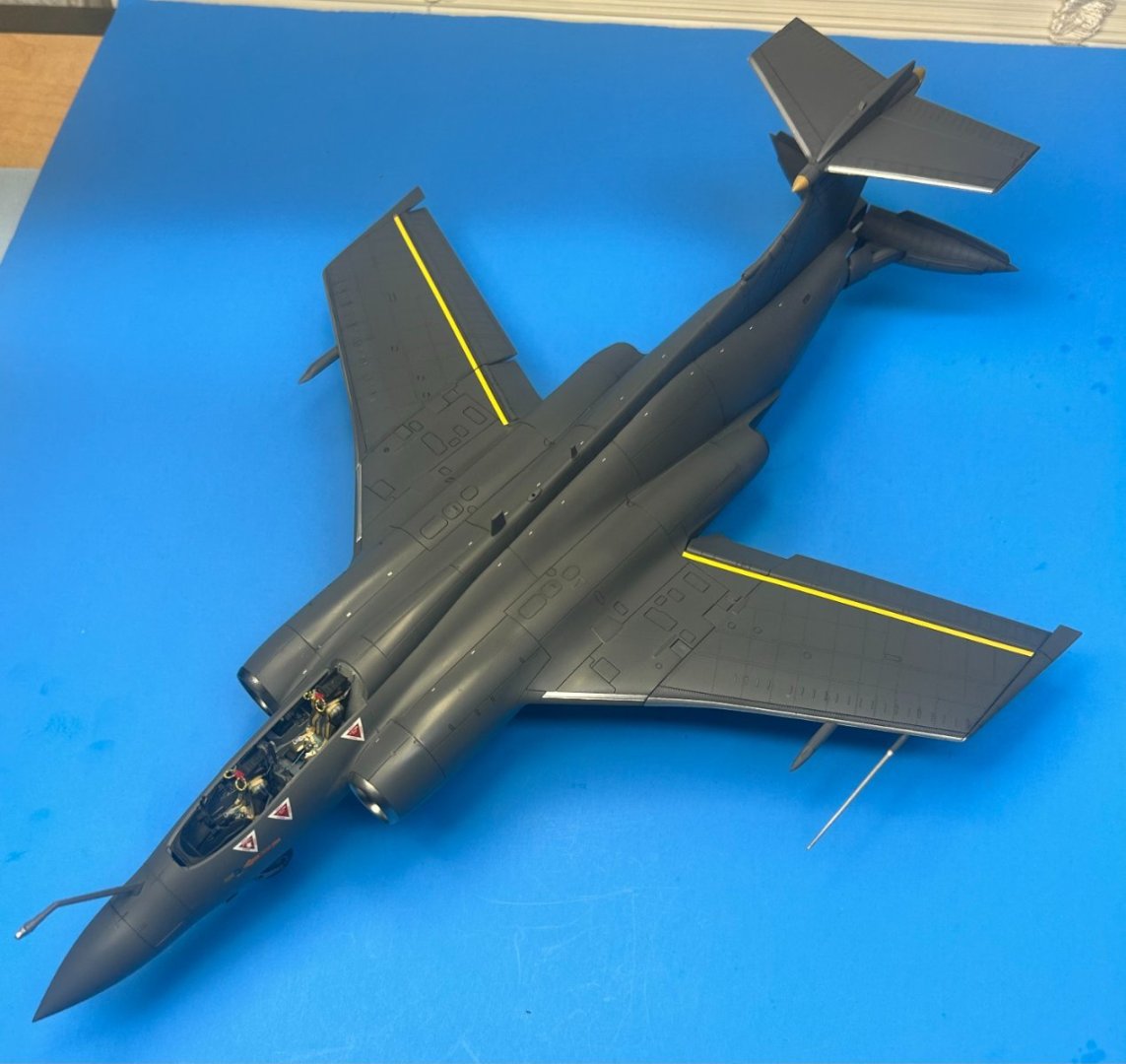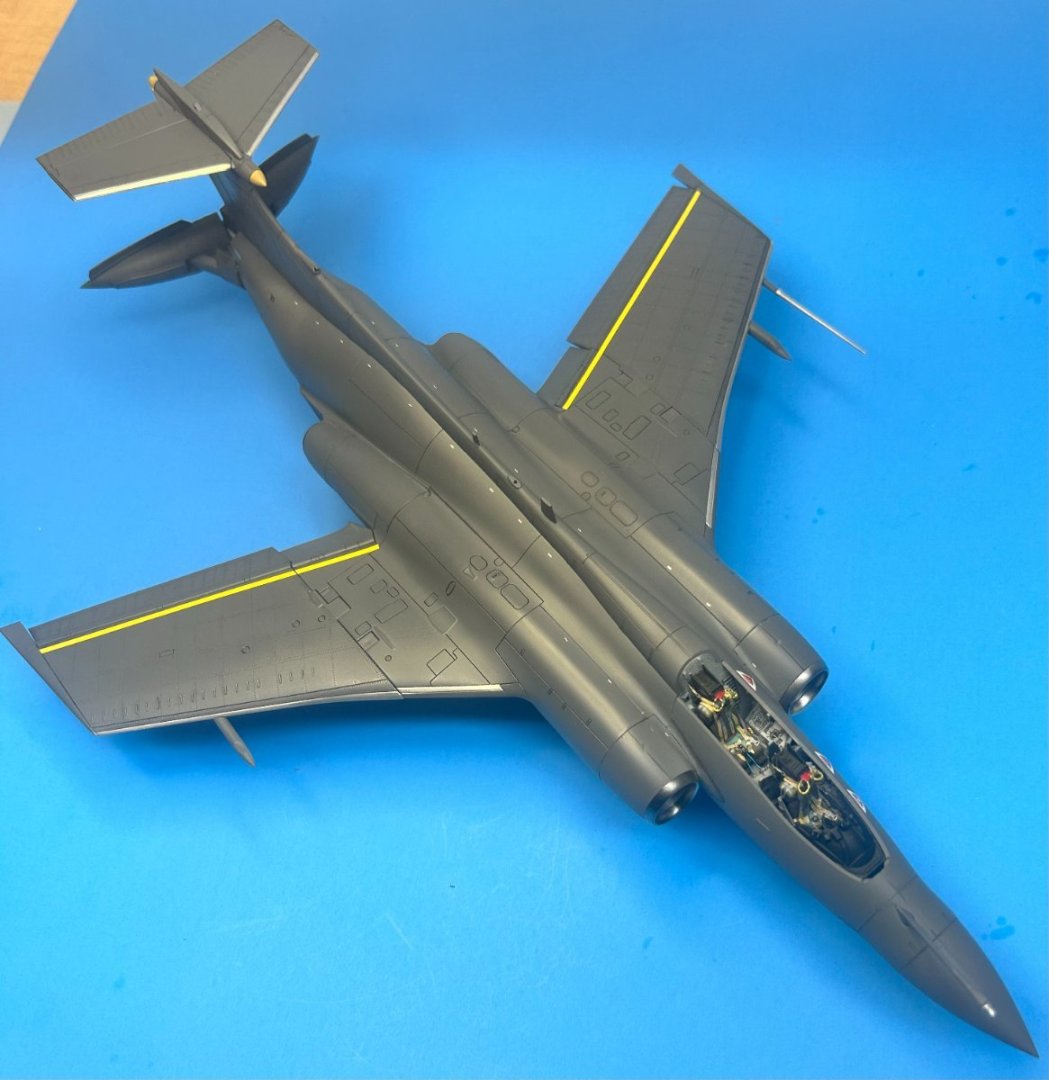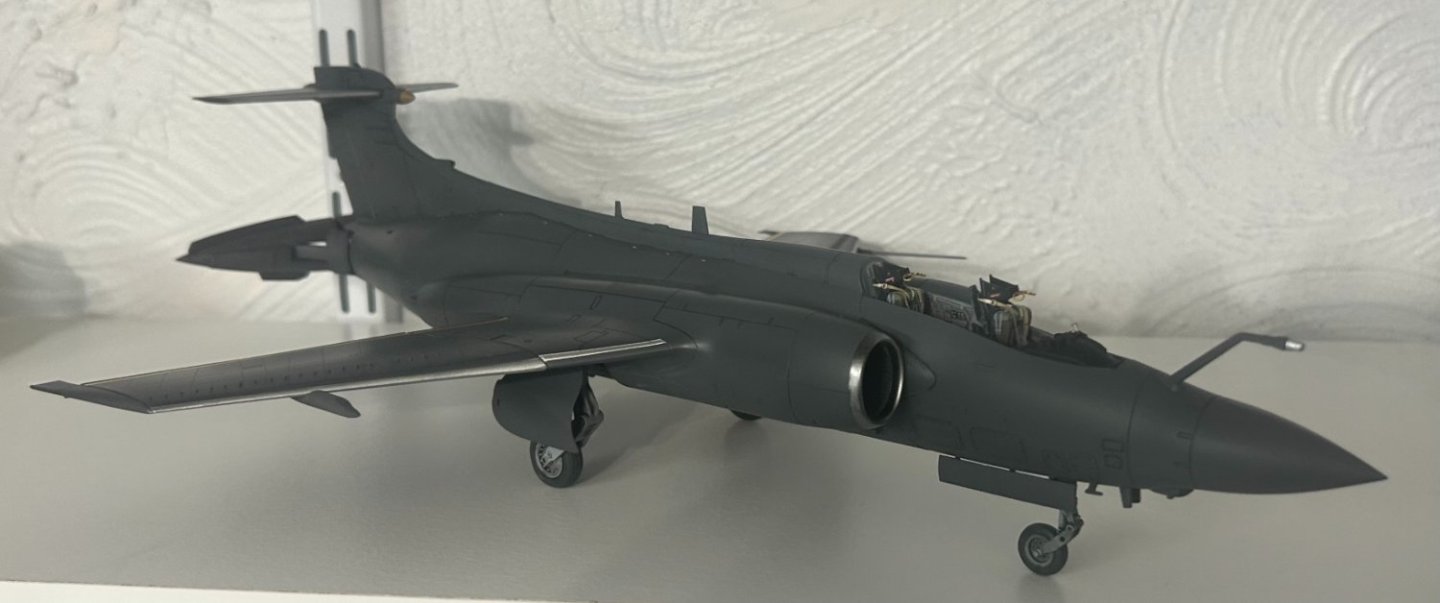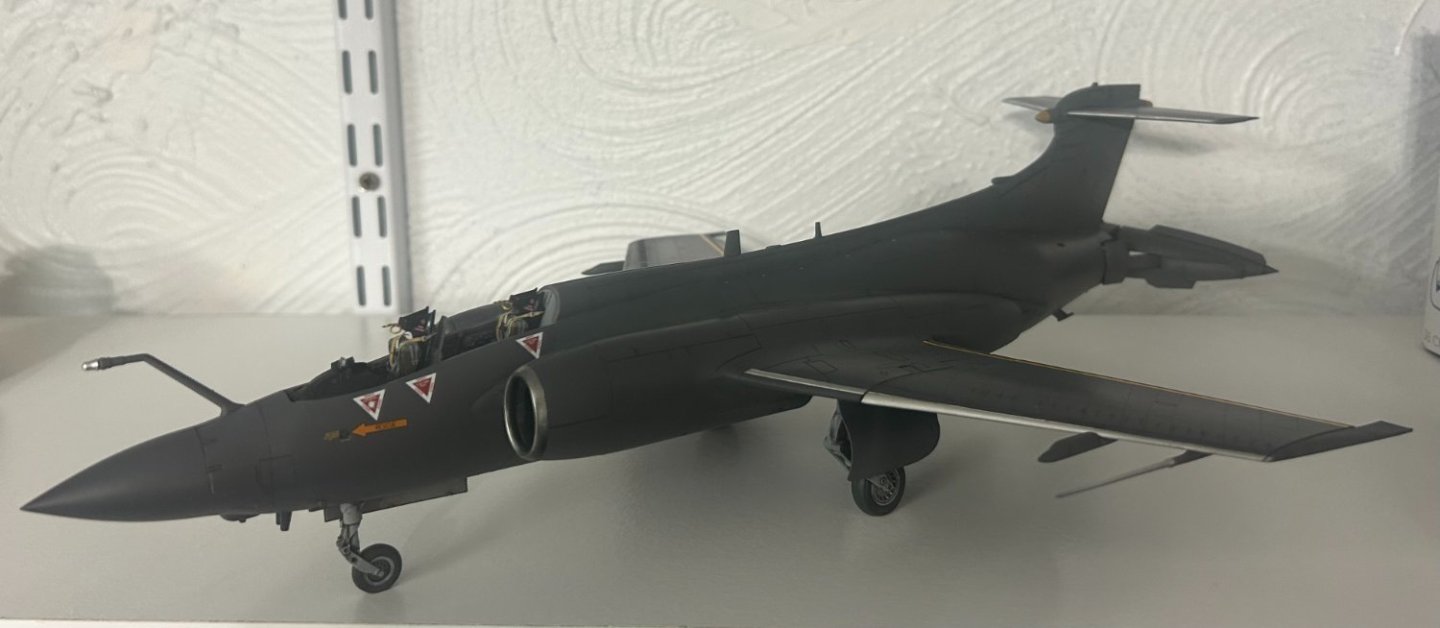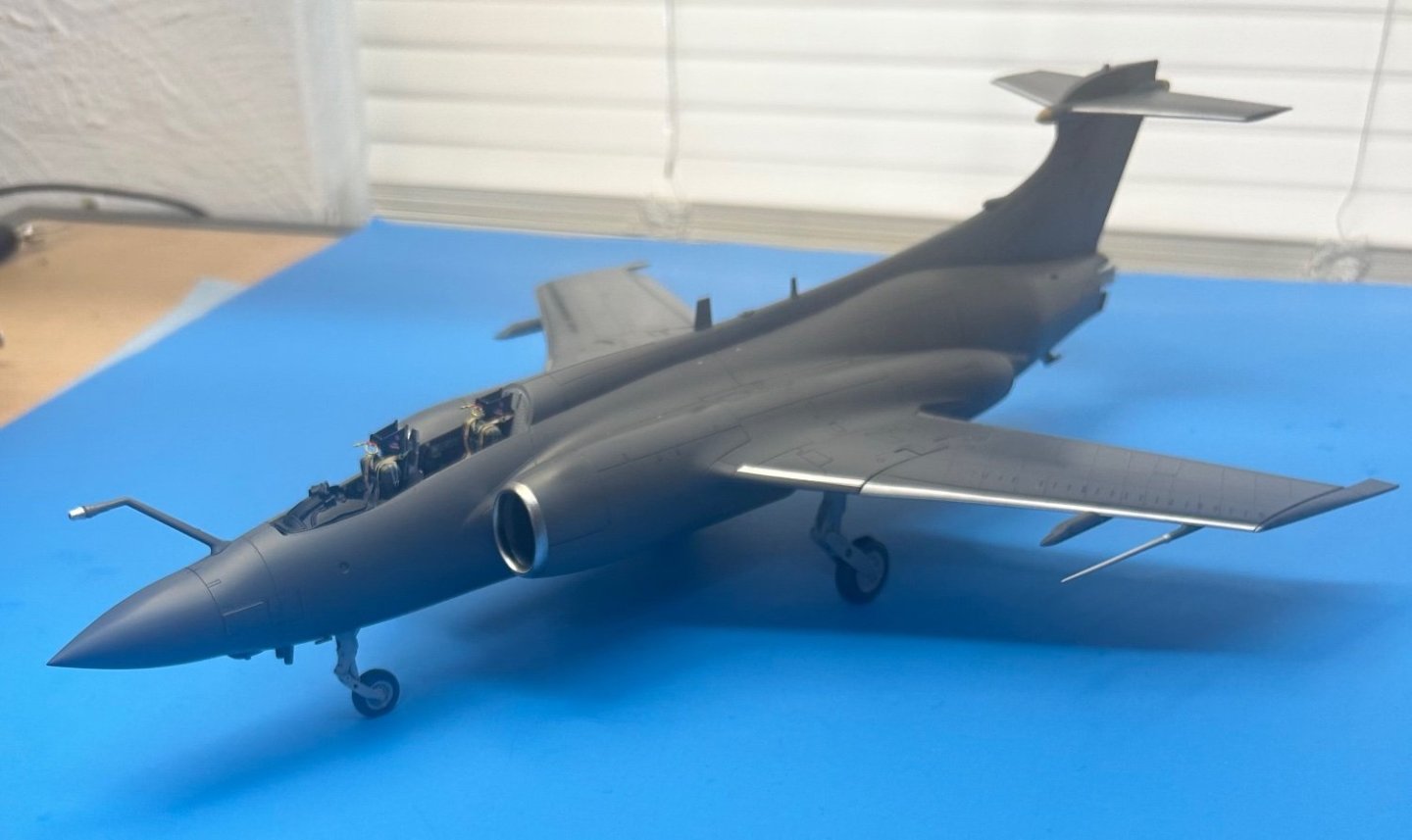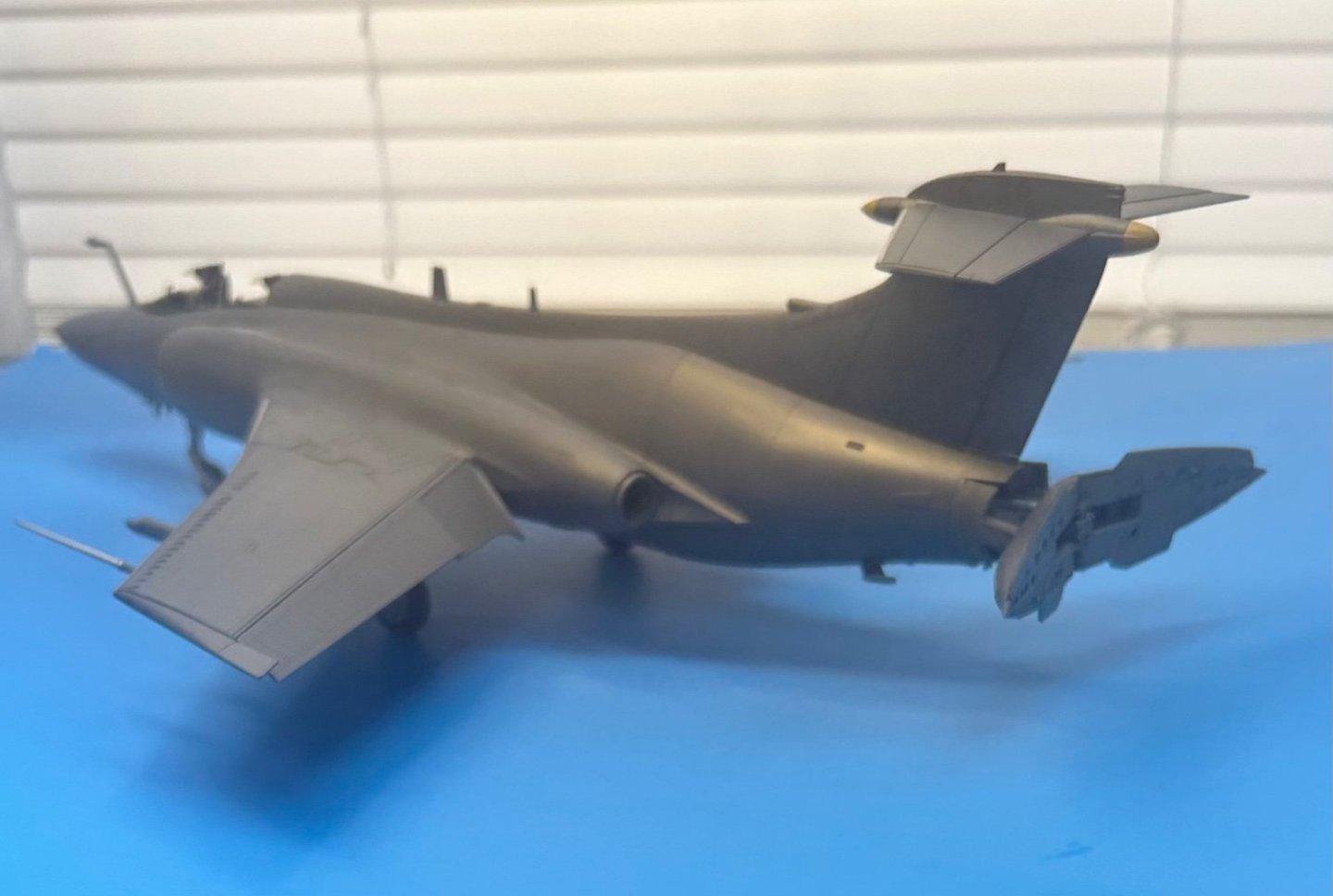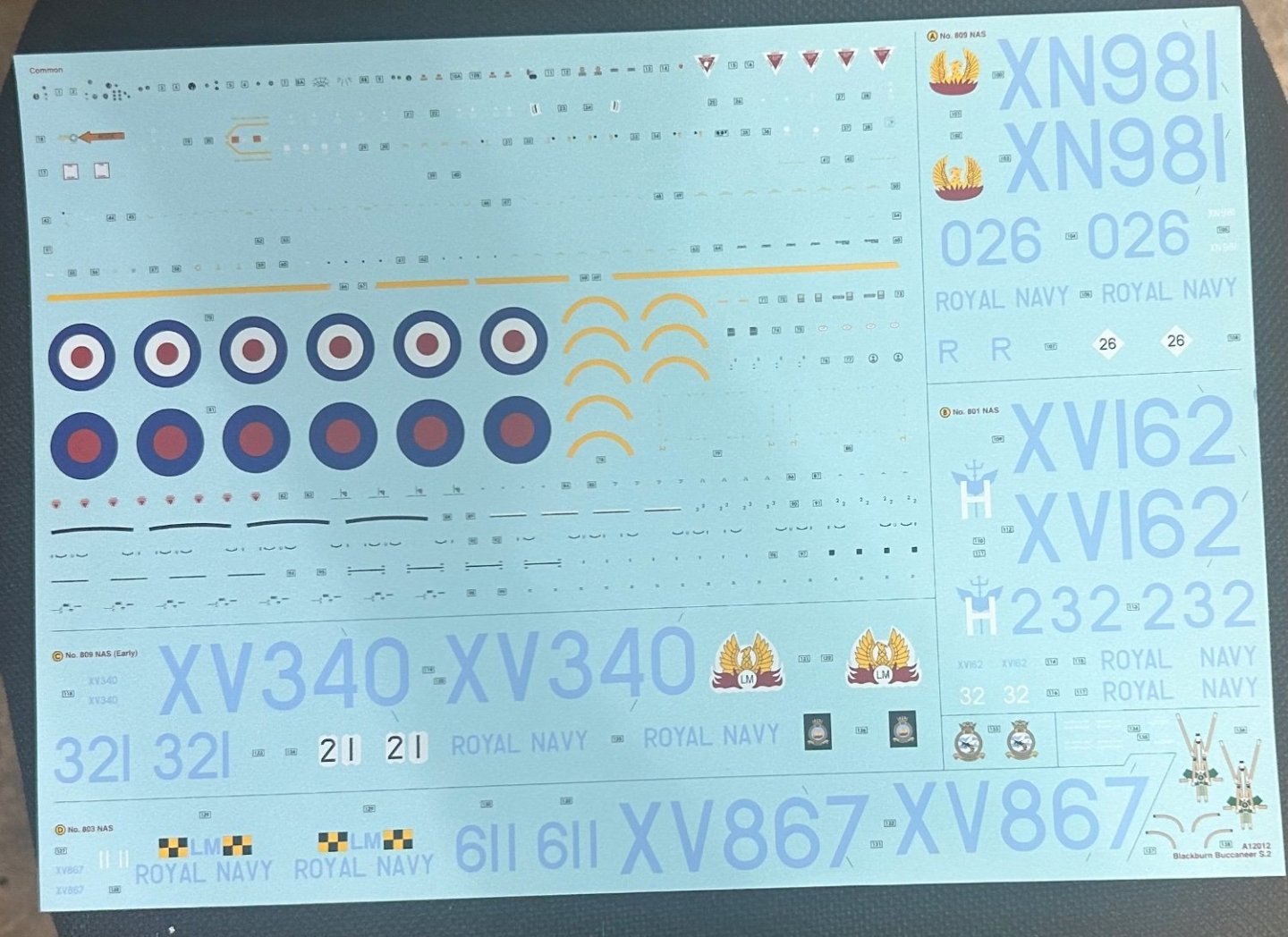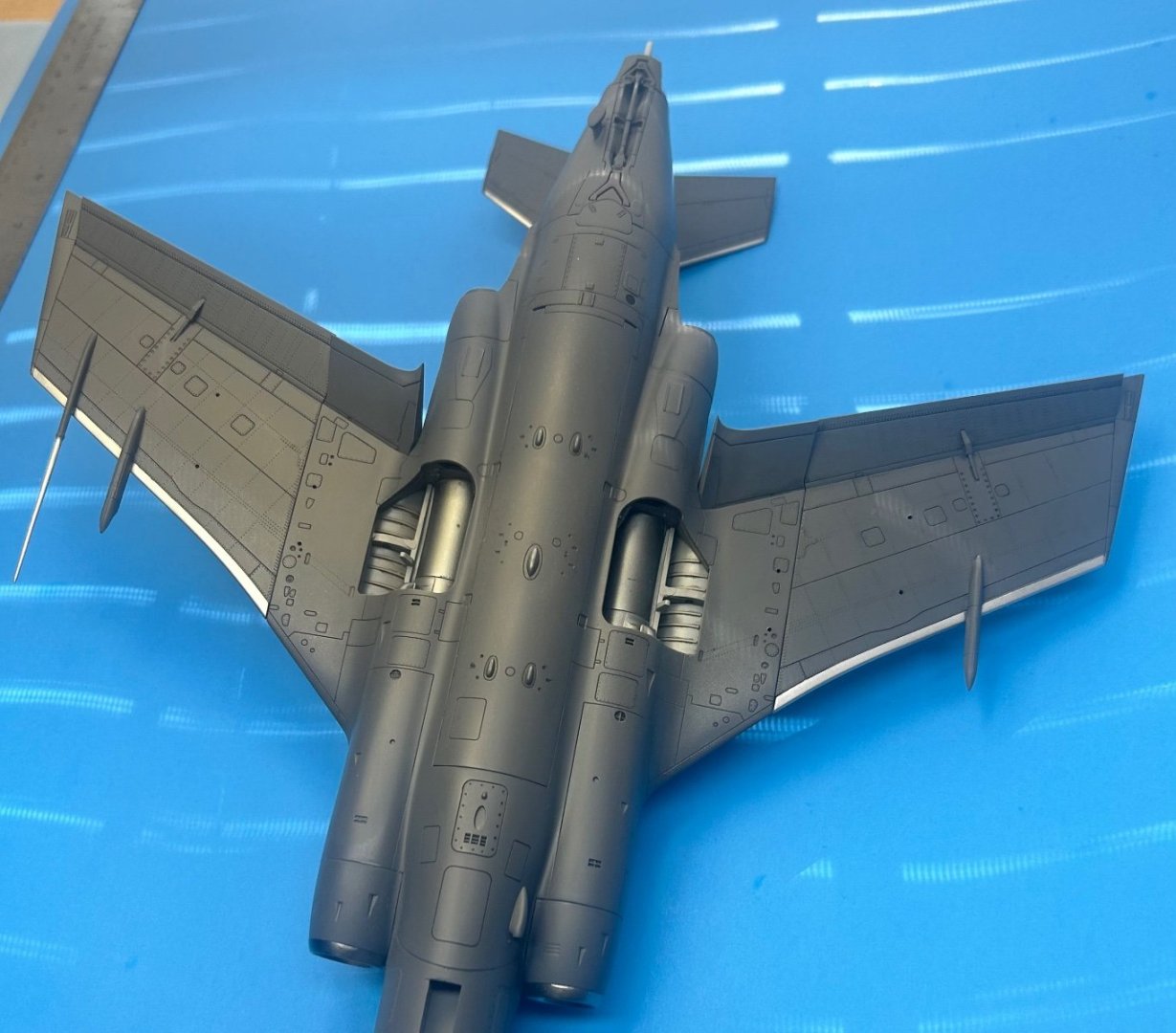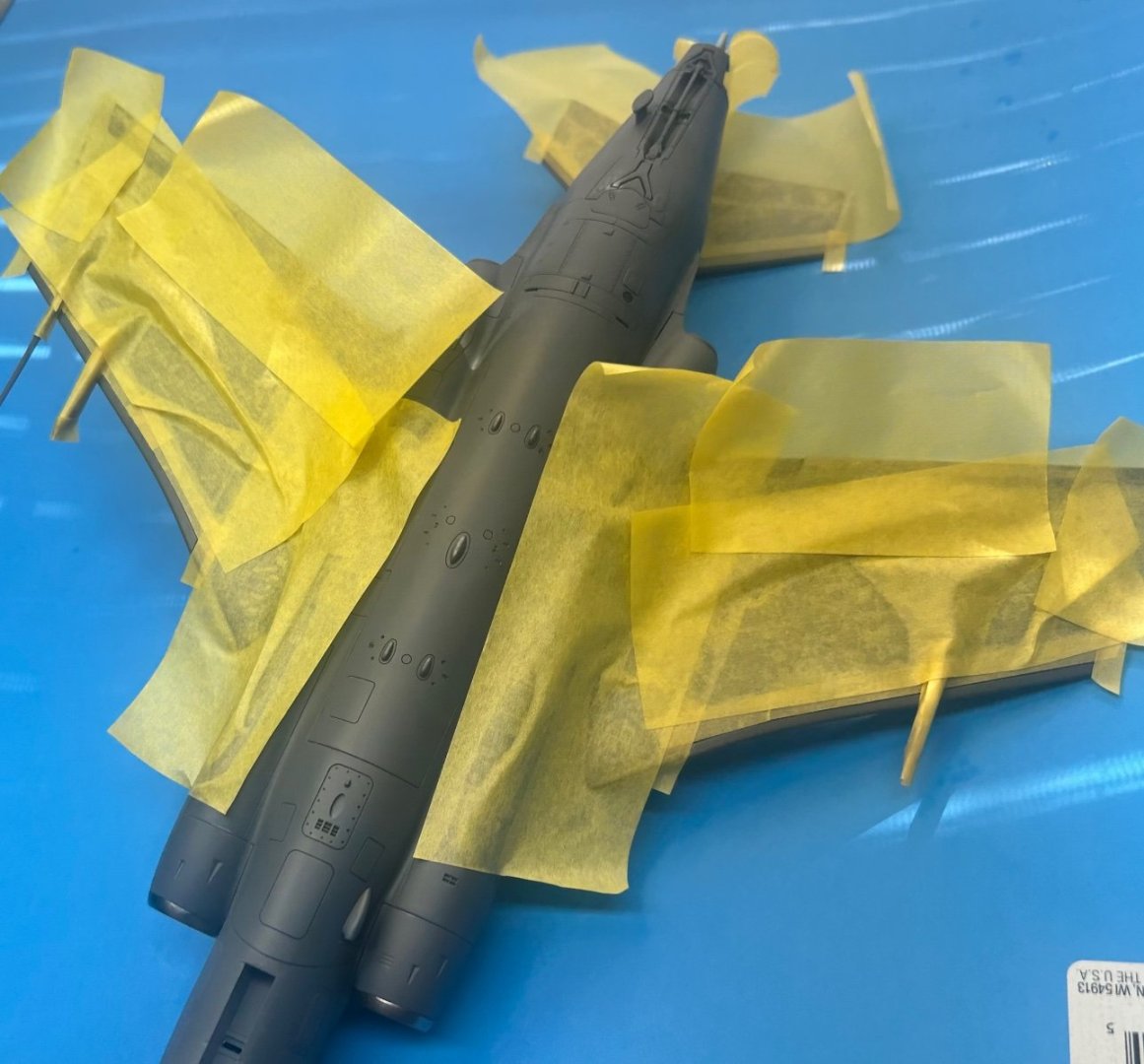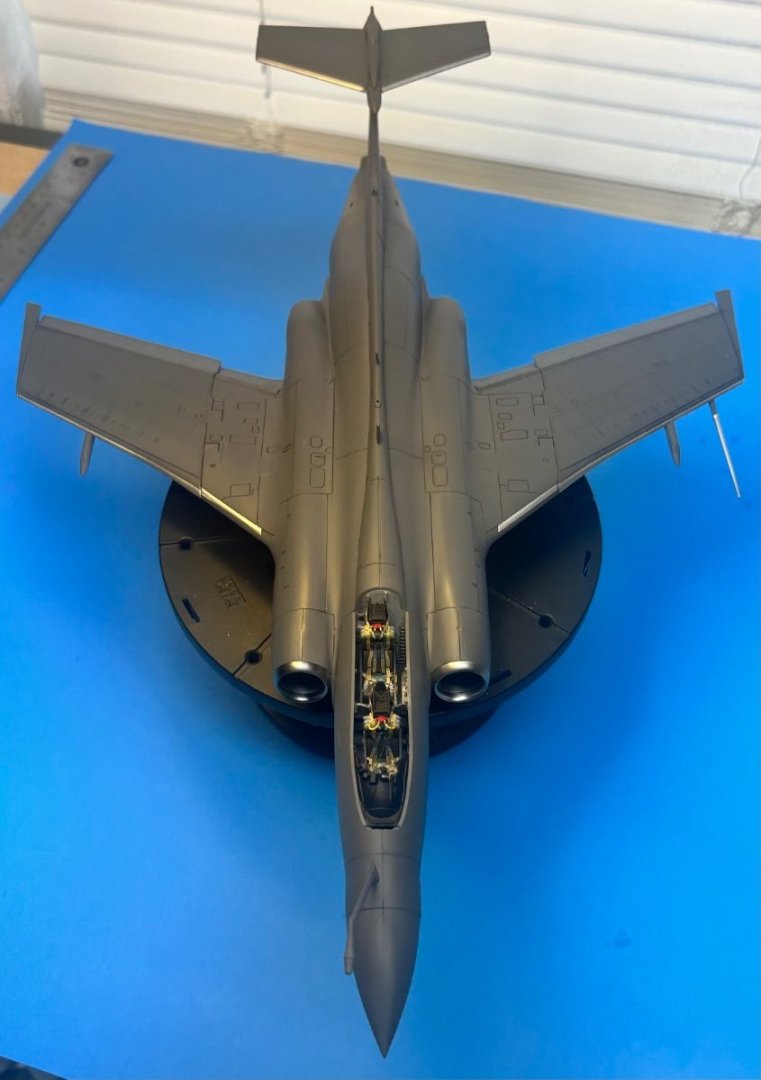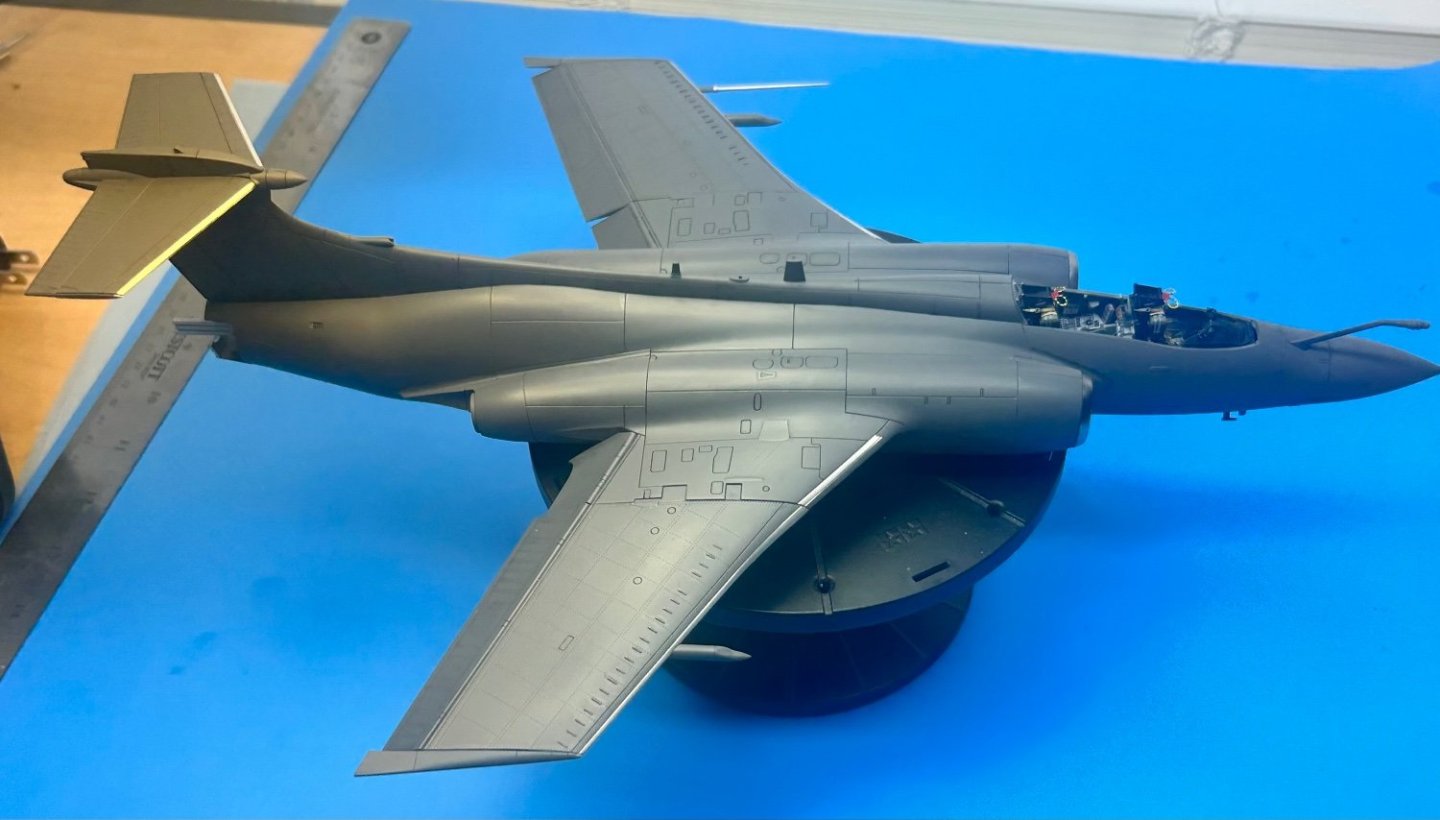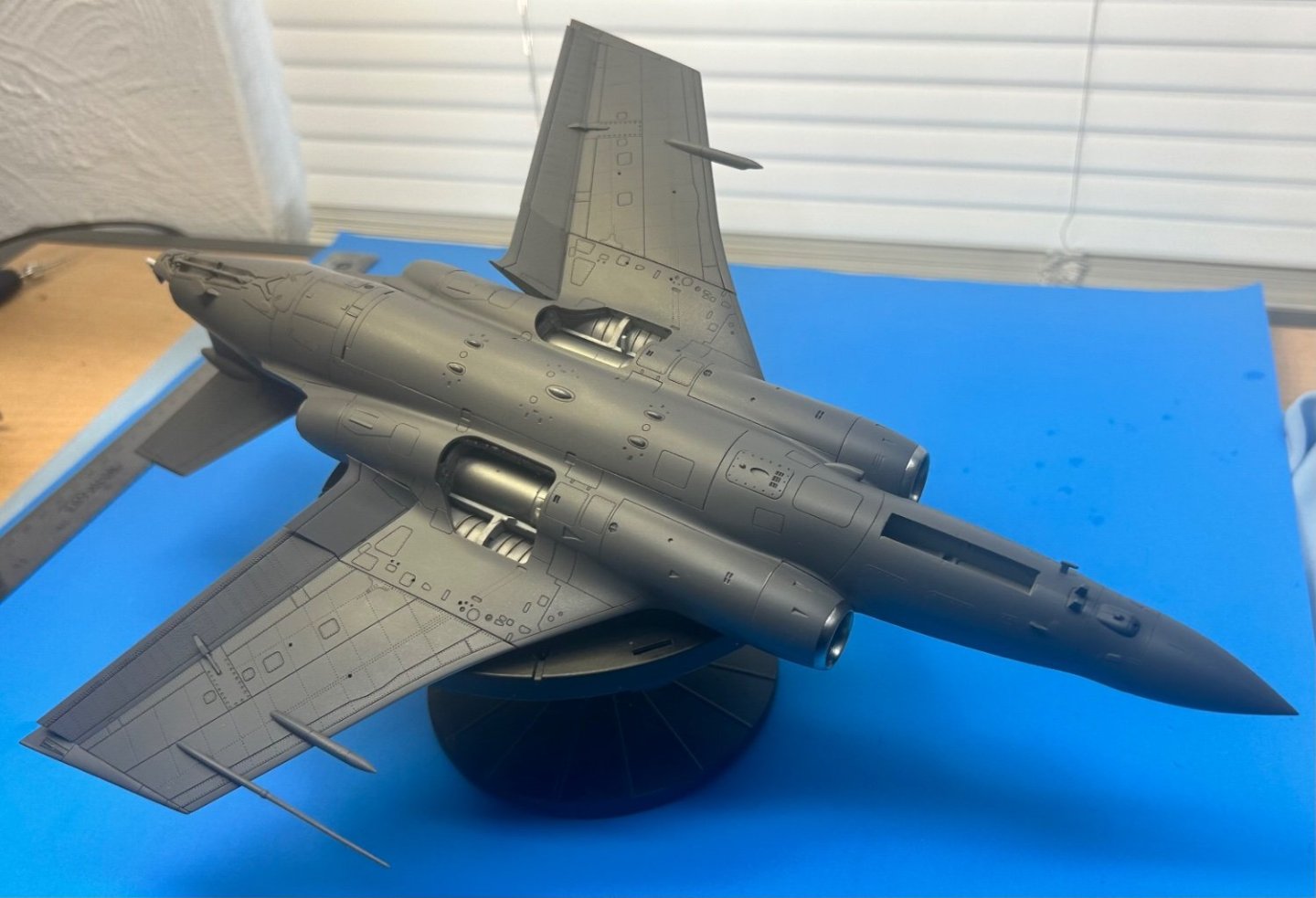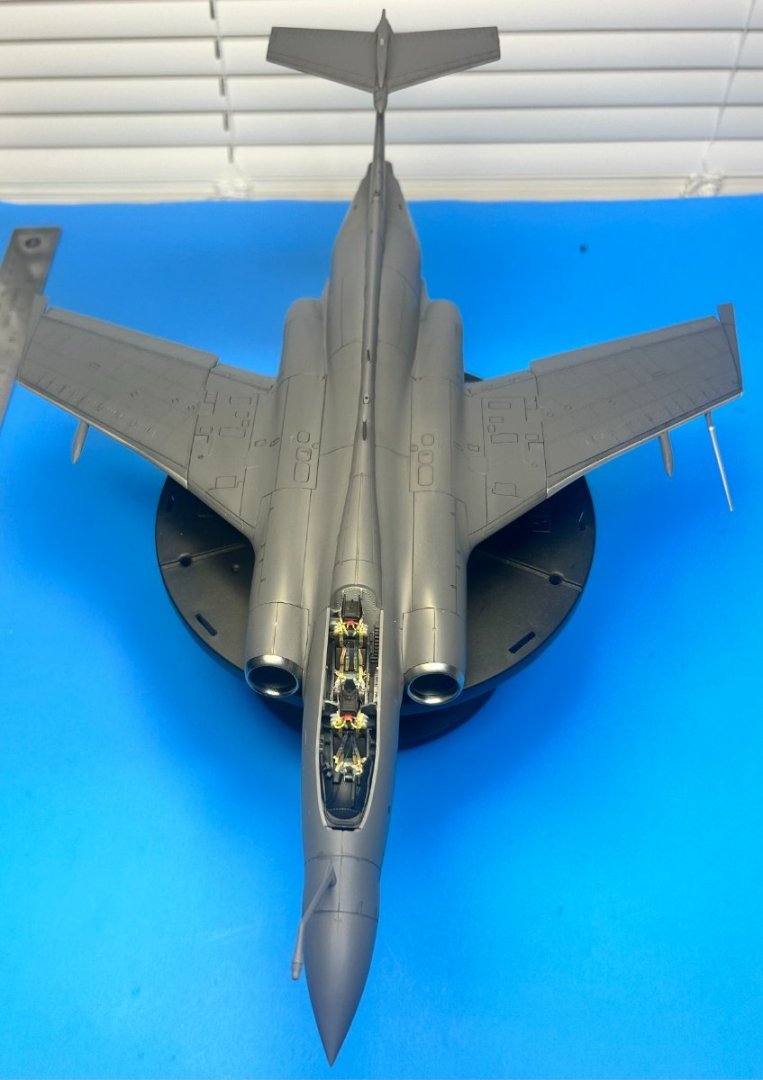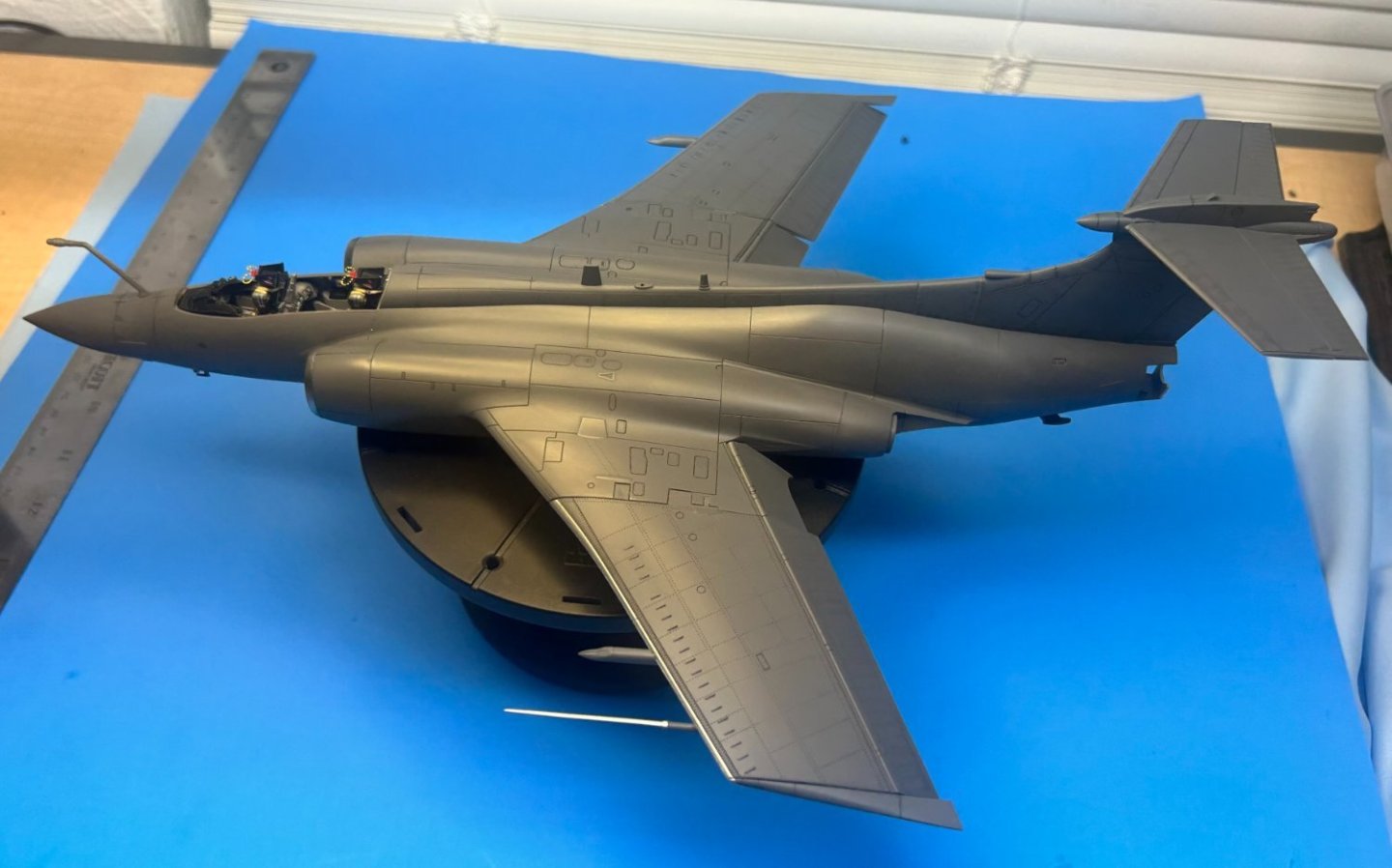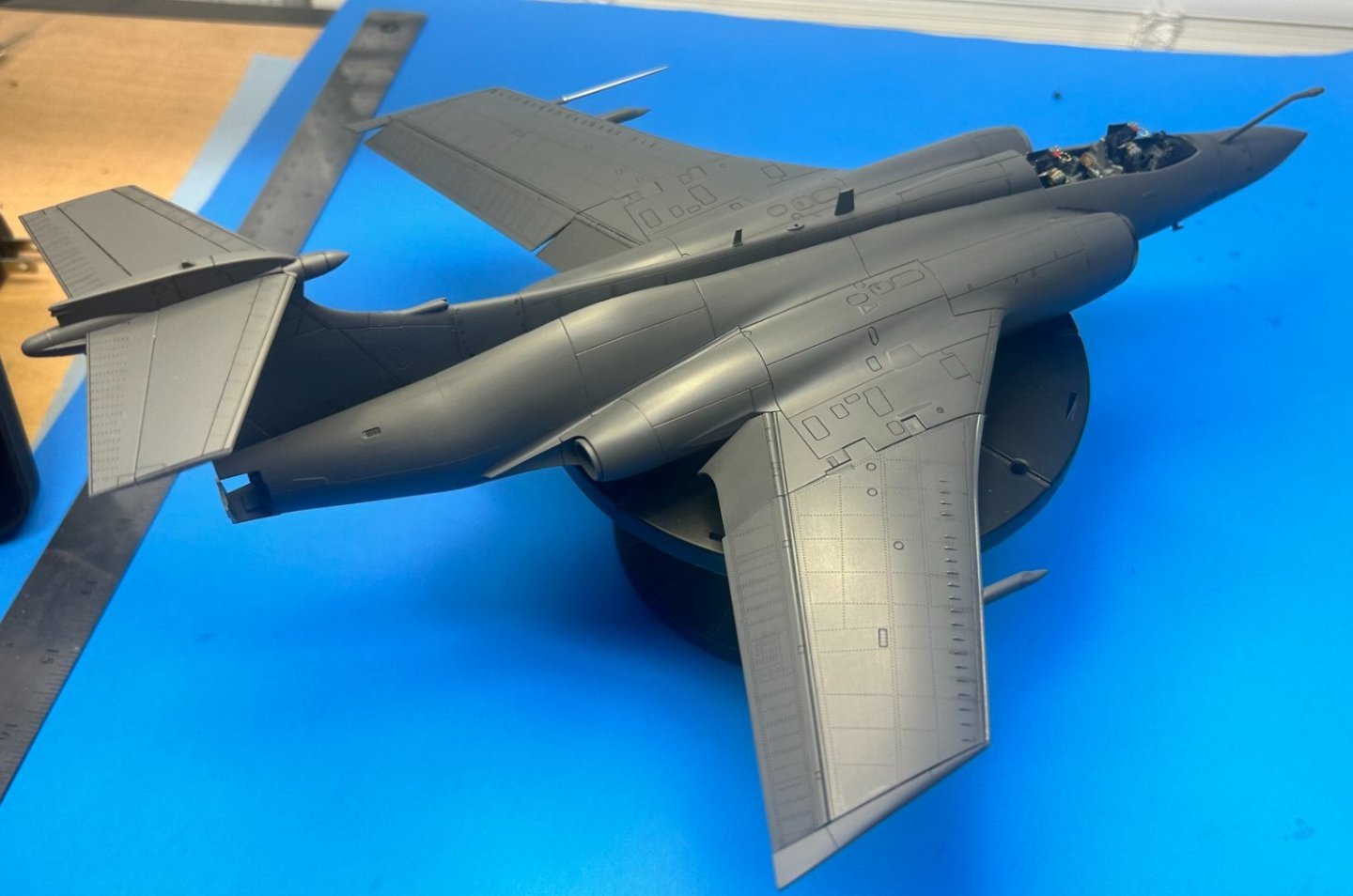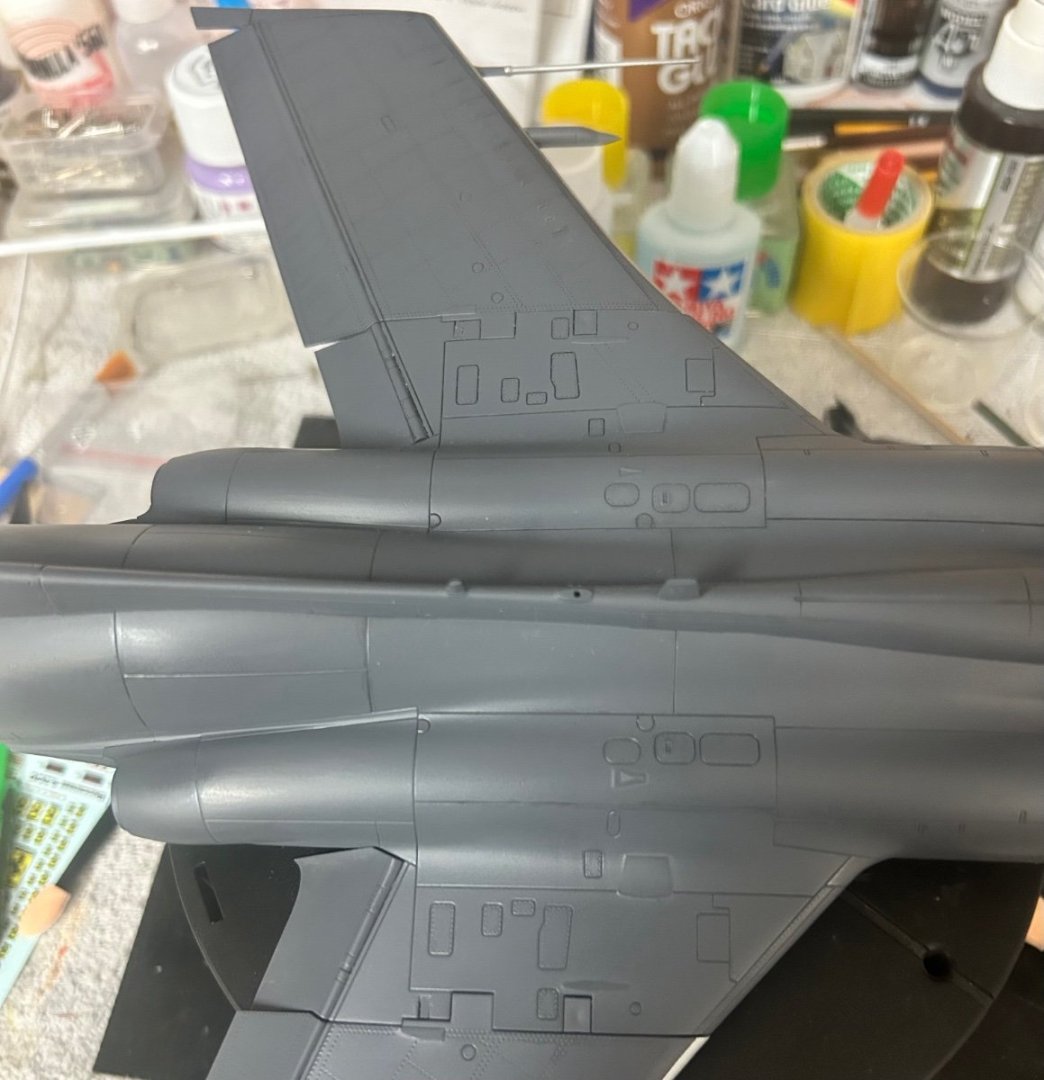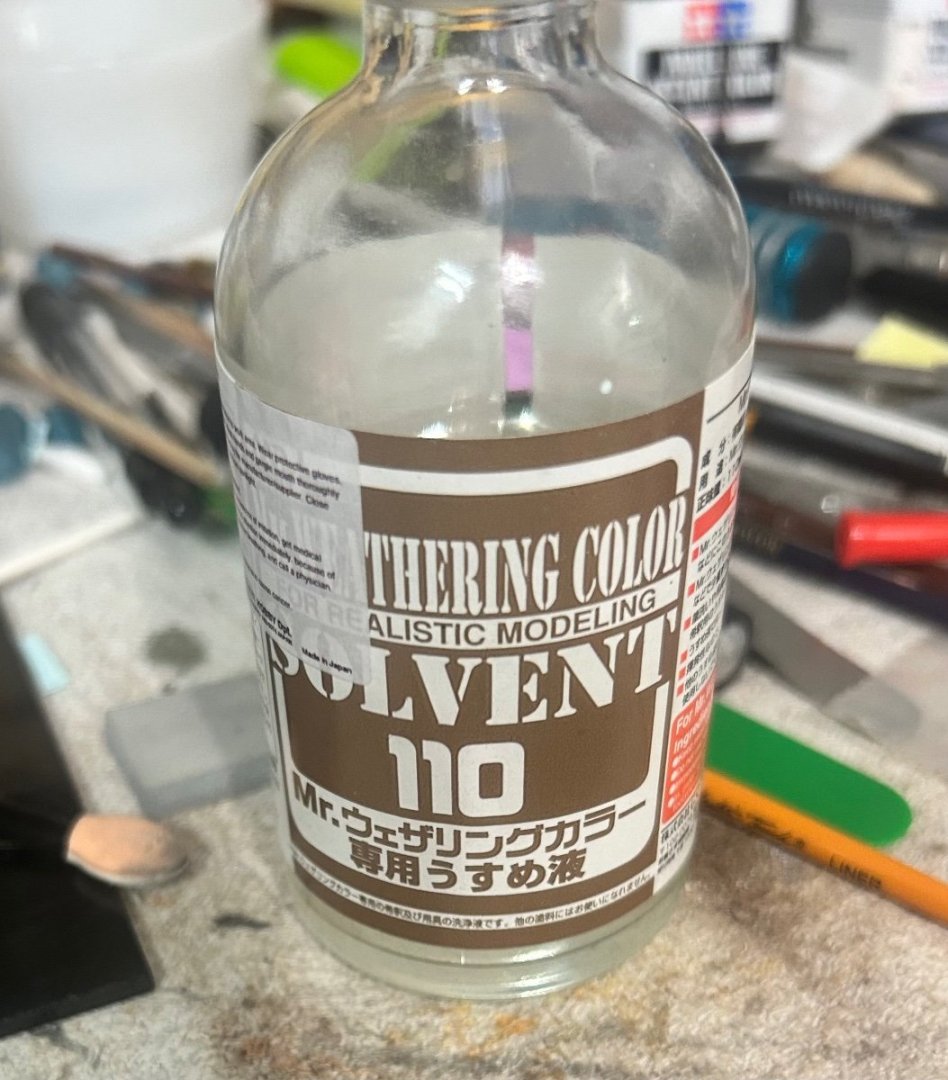-
Posts
7,748 -
Joined
-
Last visited
Content Type
Profiles
Forums
Gallery
Events
Everything posted by CDW
-
Here's a way to get a RN Phantom done without searching everywhere for the old Hasegawa kit: Hasegawa / Revell FG-1 Phantom Royal Navy 1:48 - build review - Scale Modelling Now Check out these super-nice landing gear for it: F-4 Phantom FG.1 Landing Gear For 1/48th Scale British Model SAC 48081 810121972687 | eBay
-
I may have finished the decals today had it not been for an errand or two as well as a visit to the eye doctor for a yearly exam. She's beginning to look very Royal Navy to me now. Need to finish my canopy (and some decals on it), pylons and weapons (decals on these too) before I can call it done. Will put a protective coat of satin varnish over everything before putting on the canopy.
-

Honda RC166 Grand Prix Racer by CDW - FINISHED - Tamiya - 1/12
CDW replied to CDW's topic in Non-ship/categorised builds
I agree. Seems a shame covering up all that detail with a fairing. -

Honda RC166 Grand Prix Racer by CDW - FINISHED - Tamiya - 1/12
CDW replied to CDW's topic in Non-ship/categorised builds
It’s only been seven years since I last worked on it but I plan to resurrect this build to finish it once my Buccaneer (current project) is completed. 😀 -
You are a veritable walking encyclopedia when it comes to cameras, Jack. Thanks! Alot of times, I'm being pragmatic and just use my iPhone to snap a photo, other times my Nikon but I need to take the time to study my Nikon camera and practice with it following your directions. There are tons of features and settings on this camera I have never used before. Reading the fine print...here are less than half the data decals that go on this model, probably closer to a third of them. Just going to need to exercise patience to get them all down.
-
A few more small bits to mask and paint before I can begin decals. On a separate note, another added beauty of doing a wet sanding of the paint is that the decals go down so much better. Wet sanding is something I only do when using either Tamiya or Mr Color paints (lacquer). Doesn’t work for acrylic.
-

B-25 C/D by Javlin - Airfix - 1/72 - PLASTIC
CDW replied to Javlin's topic in Completed non-ship models
Love that B-25 and the way you’ve displayed it remarkable. Beautiful! -
In this short video of an obviously out of service Buccaneer, probably on display somewhere, the maintenance panels and panel lines stand out rather proud. One can presume this is at least in part due to weathering as it sits out in the open. Other than photos of engine maintenance where the panels around the intakes are removed, I have not yet been able to find photos of other panels opened for maintenance. I will just use my imagination to show some wear on various random panels for this model.
-
To achieve a more subdued look, simply remove some of the panel line wash using Solvent 110. It seems this product is a refined, odorless white spirits but I have not experimented to find a generic equivalent of it. What I do know is that it works well to remove excess Tamiya or Mr Color wash that’s been applied over Mr Color lacquer paint without harming the paint in any way. Your results may vary over different paint types. On the opposite side of the model I used a dark gray panel line wash to compare to the black wash used on the first side. A slightly different look but not much different. I’ll end up using the black on both sides to keep everything consistent. The key is how vigorous the cleanup after application. im going to try and find some photos that show the commonly used access panels so I can show some light wear around those. If you’ve run across any photos like this please share them with me.
About us
Modelshipworld - Advancing Ship Modeling through Research
SSL Secured
Your security is important for us so this Website is SSL-Secured
NRG Mailing Address
Nautical Research Guild
237 South Lincoln Street
Westmont IL, 60559-1917
Model Ship World ® and the MSW logo are Registered Trademarks, and belong to the Nautical Research Guild (United States Patent and Trademark Office: No. 6,929,264 & No. 6,929,274, registered Dec. 20, 2022)
Helpful Links
About the NRG
If you enjoy building ship models that are historically accurate as well as beautiful, then The Nautical Research Guild (NRG) is just right for you.
The Guild is a non-profit educational organization whose mission is to “Advance Ship Modeling Through Research”. We provide support to our members in their efforts to raise the quality of their model ships.
The Nautical Research Guild has published our world-renowned quarterly magazine, The Nautical Research Journal, since 1955. The pages of the Journal are full of articles by accomplished ship modelers who show you how they create those exquisite details on their models, and by maritime historians who show you the correct details to build. The Journal is available in both print and digital editions. Go to the NRG web site (www.thenrg.org) to download a complimentary digital copy of the Journal. The NRG also publishes plan sets, books and compilations of back issues of the Journal and the former Ships in Scale and Model Ship Builder magazines.

.jpg.7e80607770d9078b2f0b470e8c9c33ac.jpg)

